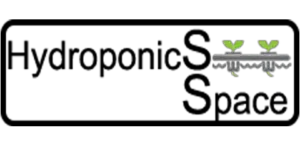Hydroponics has gathered the interest of many people worldwide. Whether you are vegetarian, interested in self-sufficiency or even one of those fanatics of apocalypse survival, you have probably, at one point, wondered can someone live on hydroponics?
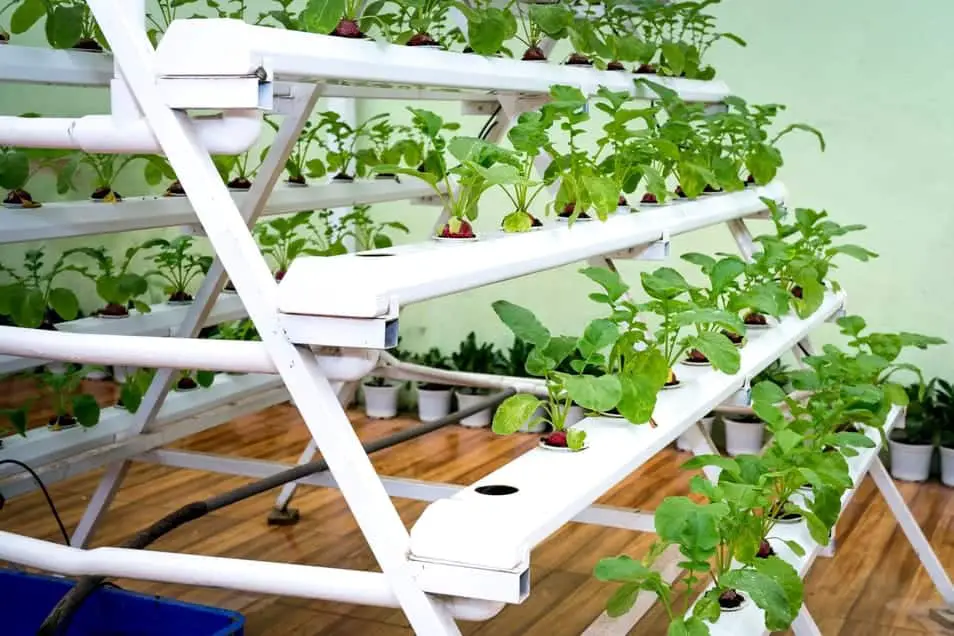
So can you live on hydroponics? Yes, hydroponics can be an excellent and healthy source of food that covers almost all of your daily nutritional needs. However, you might face some obstacles that require specific solutions like finding alternative crops to foods in your existing diet.
The nearly perfect benefits that hydroponics provide is the cause of why this dilemma is spreading. People found out how much hydroponics is better than soil in terms of final yield and water efficiency. So, they thought it would be an excellent idea to try and replace their current food sources with another, higher quality ones.

But the real problem is, can hydroponics grow a wide enough variety of food that it covers the daily nutritional requirements of an average adult?
Is It Possible To Grow A Wide Enough Variety Of Food With Hydroponics?
Hydroponics can grow a tremendous variety of crops. There are already existing cases of people that live off hydroponic plants. Although they depend on their hydroponic systems partially and get other groceries from stores, their systems can cover up to 80% of their vegetables and fruits daily needs.
The following is a list of crops that can be grown hydroponically:
- Artichokes
- Asparagus
- Beans
- Beets
- Broccoli
- Brussels Sprouts
- Cabbages
- Carrots
- Cauliflowers
- Celery
- Cucumber
- Eggplants
- Leeks
- Lettuce
- Onions
- Parsnips
- Peas
- Potatoes
- Radishes
- Rhubarb
- Squash
- Tomatoes
- Yams
As a hydroponics grower, you must evaluate whether growing a specific plant is worth it or not. For instance, there is almost no one on the planet that doesn’t have bread on their daily diet. You can’t give up on bread if you are planning on only eating from hydroponic crops.
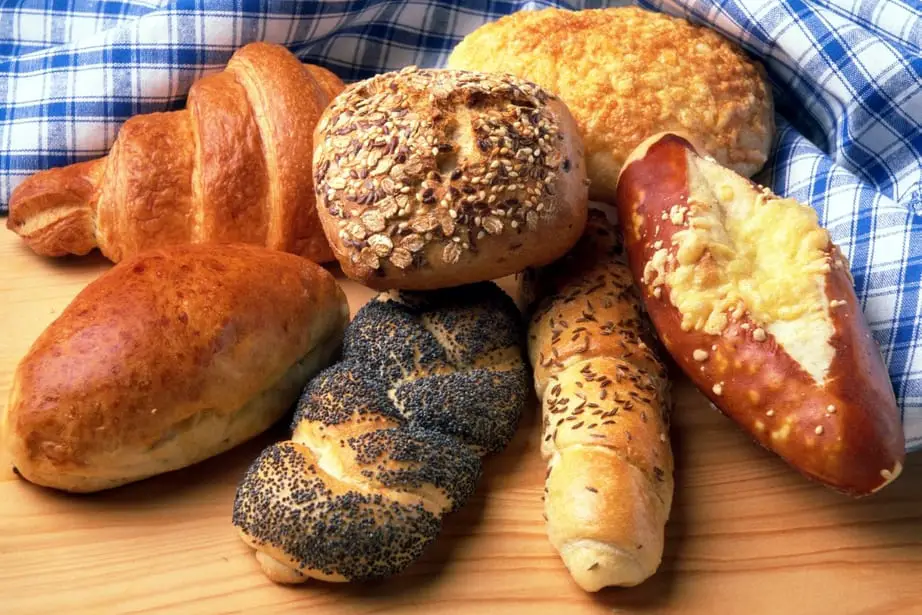
In the same time, growing the wheat required for one person’s supply of bread during 3 months will need almost 1000 square feet of growing area. Using 1000 square feet are for growing wheat alone is something I wouldn’t do.

Not to mention that this area will cost a hell lot of money for the initial growing lights purchase and also the monthly operating costs. So you can buy bread from any nearby grocery store or use other carbohydrate sources from vegetables.
Carbohydrate Crops
Carbohydrates are one of the essential building blocks on any diet. It is recommended that an average adult must take 45% to 65% of his daily calorie needs in carbs.
Here is a list of carbohydrate plants that you can grow:
- Beets
- Carrots
- Green Peas
- Parsnips
- Sweet Potatoes
- Yams
These starchy vegetables can be the perfect alternative for replacing bread on your diet if you want to live on hydroponics fully. If you still want bread on your diet, you can buy it from any grocery store as I have said before.
Protein Crops
Another essential building block of any healthy adult is protein. The regular protein intake of an average adult is 10% to 35% of the daily intake. This percentage is for average adults if you are an athlete, then you will need to increase it a bit.
The following is the crops you can grow that are rich with protein:
- Watercress
- Spinach
- Chinese cabbage
- Asparagus
- Mustard Greens
- Broccoli
- Collard greens
- Brussels Sprouts
Fruit Crops
Don’t forget that fruits are a good source of carbohydrates too. Moreover, they are full of vitamins and minerals that are essential for the human body.
These are the fruits that you can grow in hydroponics easy:
- Tomatoes
- Strawberries
- Blueberries
- Raspberries
Some fruits are not very known in the hydroponics growing niche, but some people have found several successes planting them.
These fruits are:
- Oranges
- Apples
- Lemons
- Bananas
- watermelons
- Pineapple
Growing crops, especially fruits, will require more growing room than traditional crops like lettuce. So, make sure that you provide the ideal space for every plant that you are growing.
Room Required To Feed One Person In A Year
Trying to predict the exact growing area to feed one person for a year will be very tricky. It depends on many factors, such as the size of the crop that you are growing.
Crops vary widely in size. Some plants don’t require much room like lettuce, and other vegetables like tomatoes will need a relatively larger room and higher ceiling to grow vertically.

Some growers like to grow all the crops at a certain period, then they can and store them to live off of it for the entire year. This method will increase the amount of space required.
On the other hand, other growers like to grow their plants and eat fresh from them daily, rather than canning and storing. This way of growing can save up much room.
Let’s take lettuce for an example. To secure a six months supply of lettuce for one person(eating an average of one lettuce head per week), you need to grow 24 heads of lettuce all at once and store them after harvesting.
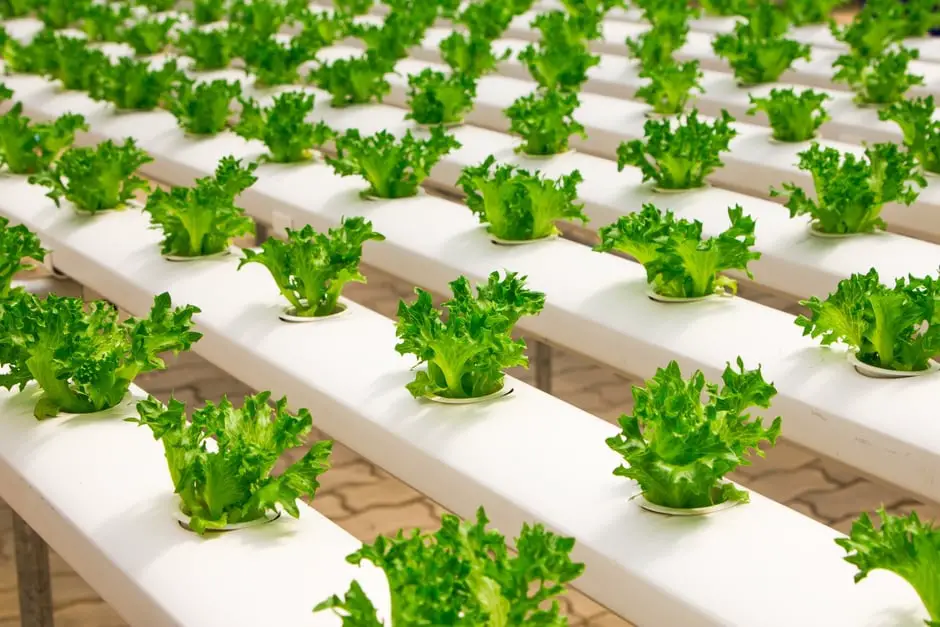
If you decided to eat fresh, which is the way I recommend, you would only need to plant 6 lettuce heads. All the lettuce heads will be planted 7 days apart so that one lettuce head grows to the maturation stage every weekend. Every time you harvest a lettuce head, you will plant a new seed which will be ready to collect in the next 40 days.
By using this method, you will have a continuous supply of lettuce heads throughout the year with only a little space required.
So what is the room required to feed one person in a year using hydroponics? An average adult will need around 200 square feet of growing area to grow his food required throughout the year. The 200 square feet growing area must be well equipped for the hydroponic system to continue.
The growing area must contain several types of equipment. Growing lights, heaters, air pumps, and water pumps are essential appliances that can cost you a lot, especially for a 200 square feet area. So make sure that you get the best deals available on the market
But I don’t want you to forget that these numbers are rough estimates.
You might decrease the size of your growing room if you use vertical farming with hydroponics. But this will cause an increased price in your initial costs for growing lights and equipment.
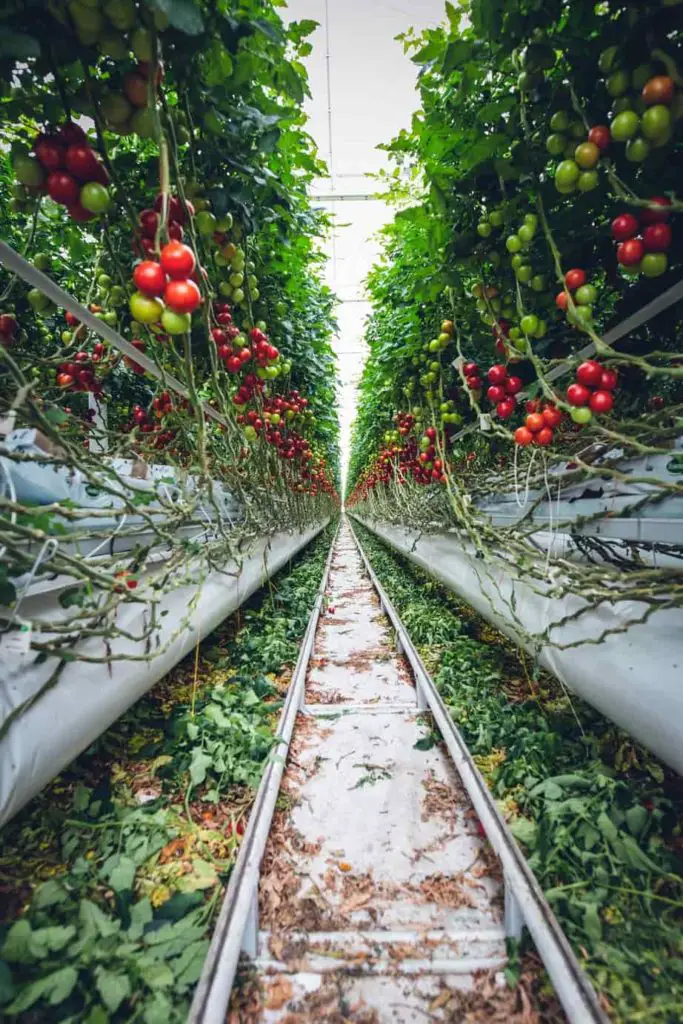
You can also save some space by using the Nutrient Film Technique(NFT) over other hydroponic growing methods. NFT uses much less space than other methods and can perfectly fit in a vertical growing system. Moreover, some companies provide a predesigned hydroponic system that saves space up to 30%.
Designing The Growing Room
To use the growing room efficiently, you must design it so you can produce the maximum yield with the smallest space possible.
Trees
You should group all of the fruit trees in a separated section. These plants will require a large space, and if you grow them near crops like lettuce, they might compete on the source of growing light.
Generally, trees are best grown in whether a Deep Water System (DWC) or an Ebb and Flow System(E&F). These systems fit perfectly with trees because of the larger space that is provided for the roots. Trees grow more extensive roots because they need much more nutrients and water. Moreover, longer roots give the tree more stability than typical plants.
When you are setting up your hydroponic system, you might find it easier to buy a mature tree better than growing it from a seedling. Trying to plant a tree will take up to 2 years to be able to collect some harvest. So, I think that transplanting an already mature tree will save you more time and allow you to harvest some yield in a few months instead of years.
Small Crops
These crops don’t require much space as the trees do. So, growing them in a DWC system or NFT will be more than enough. This way, you will save more space than using an Ebb and Flow system.
Growing these crops will be in rounds. For example, a lettuce head will take up to 40 days from seed to harvest. To use this space efficiently, you have to plant a new seed whenever you harvest a mature lettuce head. By following this way, you will have a new Lettuce head ready to collect every weekend.
You also have to arrange and group your plants based on their required light intensity and temperature. Some plant species require a different optimum temperature than others. So it is best to try and keep plants that have nearly similar optimum temperatures together.
My Advice For Anyone Before Starting To Live Off Hydroponics
Storing
As a newbie hydroponic grower, you must expect to have some dead crops along the way. But the problem here is that you are planning to live off hydroponic plants and you can’t afford to lose a crop.
So, the perfect solution for this is storing the excess harvest. By caning and storing the excess harvest in a freezer, you protect yourself from unaccounted crop losses. Moreover, you can use the stored food whenever you feel bored with other meals that eat throughout the day.
Buying Mature Trees
As I have said before, trees take up to two years to grow from a seedling to a plant that is ready to produce. You will have a massive kickstart if you buy them mature and transplant them in hydroponic pots.
But make sure that the tree is not too old to be transplanted. Some trees will grow their roots to the extent that you will no more be able to add them to a hydroponic system.
Gradual Transfer To Fully Hydroponic Diet
I have said this to many people for countless times; you must gradually develop your hydroponic garden to be able to live off of it. Starting growing all the crops at the same time will result in a disaster. Not to mention that having all of these plants to care for at the beginning can be overwhelming to inexperienced growers.
You have to start growing the crops gradually. I suggest starting with the trees and then follow up with the other small plants slowly. You will begin with trees first to give them more time to grow because they need a much longer growing period than other small crops. As you continue developing your garden, you will gain more experience that will expand your knowledge.
Using Aquaponics Instead Of Normal Hydroponics
If you are vegetarian or vegan skip this advice!
The only difference between hydroponics and aquaponics is that aquaponics uses fish waste as a nutrient source rather than premade nutrient solutions.
Using aquaponics will provide fish beside the crops produced. These fish can be an excellent source of protein, especially that plant-based protein is not as rich as animal-based protein.
